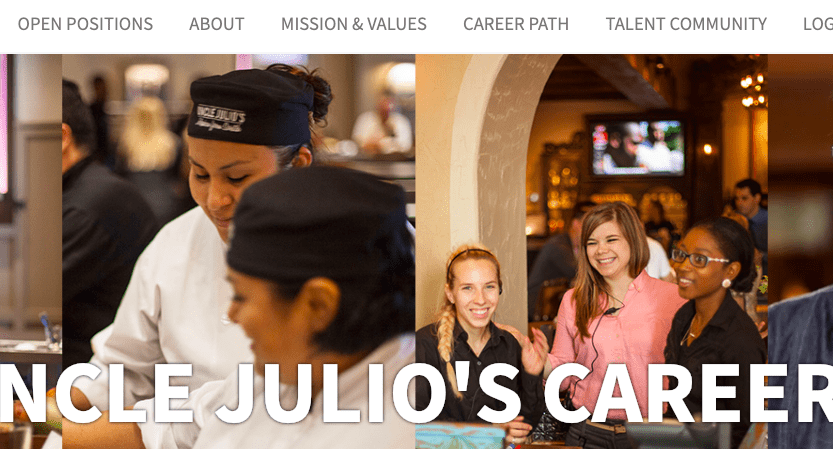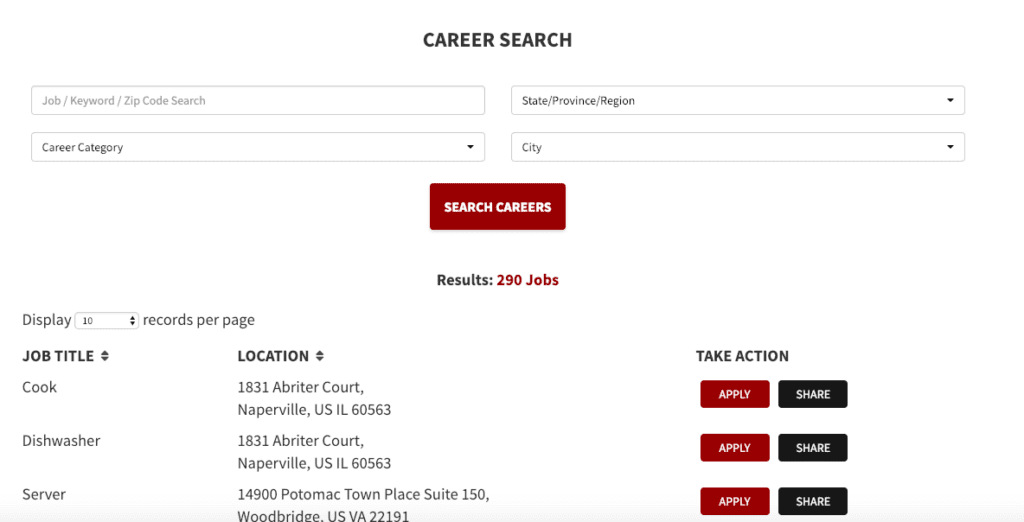
When it comes to attracting talent, your career site is a powerful tool. Many companies set up a page, integrate it with their ATS, and link their job postings to the page. In this candidate-driven market, a “set it and forget it” strategy means that your brand is going to get lost in the digital job search. Your career site is an opportunity to showcase your employer brand, company culture, and all the things that your ideal candidate wants to know about working for you.
Why an EVP is Key to Your Digital Recruiting Strategy and Career Site
Developing a strong employee value proposition (EVP) is a key element of any recruiting and retention effort, especially your career site. At its most basic, an EVP represents everything of value that an employer provides to its employees—pay, benefits, training, career development opportunities and so on—and it is then “marketed” to the workforce.
An EVP describes the mix of characteristics, benefits, and ways of working in an organization. It’s the deal struck between company and employee in return for their contribution and performance. This “deal” characterizes an employer and differentiates it from its competition. How does this translate to content and functionality on your career site? Here are five features to add to your site that will shine a spotlight on your employer brand:
1) Easy navigation and apply process
Your career site is your company’s most important recruitment channel and the top resource candidates access during their research process. You should frequently test the ease of your career site functionality, including accessibility and finding key information.
Your careers page should be easy to find from your company home page. One of Talroo’s friends in the restaurant industry, Uncle Julio’s, has a best of brand career site and they want it to be easy to find. They link their careers page in places that candidates can easily find within their company site.
Once you navigate to Uncle Julio’s careers page, the navigation gives a job seeker quick links to see more, including an option to join its talent community and login to a previously submitted application through a saved profile.

It also highlights what candidates are most interested in: open positions and career paths. This demonstrates an important component of the culture at Uncle Julio’s: career development. And that’s a huge draw for today’s job seekers, particular in the restaurant industry. Speaking of company culture, the next thing to include is…
2) Your company story
A 2017 report from LinkedIn discovered that not only do candidates spend one to two months gathering information, your company website is the first destination for research (53% of candidates), followed by LinkedIn (38%) and job search engines (35%). Candidates are looking for company values, what current employees have to say about working for your company, transparency (especially in job descriptions), and what makes your company stand out in your industry. Your story is more than just a timeline of events. It’s part of your EVP.
3) Video
Uncle Julio’s does a great job of defining its company values with a video narrated by the restaurant’s head chef, Ron Vasquez.
What really comes through in this video is the passion for what Vasquez does. A job seeker can watch this video and imagine themselves working for Uncle Julio’s and being proud of what they do every day. They have it linked to the restaurant’s YouTube channel, which features dozens of videos like this one for a job seeker to do more research.
Related: How Video Can Transform your Recruitment Marketing
4) Access to current job listings
You need more than a link to open positions. Job seekers want to be able to search your job listings in multiple ways, by position, location, and keyword. Your career site job listings should have search functionality that lets job seekers filter out what they’re specifically interested in. On Uncle Julio’s careers site, for example, a job seeker can search by location or zip code, job category, state or region, and city. They can also control how many jobs they see in search results. Consider that many of your site visitors will be on a mobile device, and be sure to test the search functions on desktop, tablet, and mobile.

Another career site that does a good job of aggregating listings across various sectors and regions to help candidates evaluate their career opportunities is Adzuna. Its advanced search filters allow users to refine their search based on criteria such as location, salary, and job type. Additionally, Adzuna’s data-driven insights enable jobseekers to better understand market conditions and salary benchmarks, enhancing their ability to negotiate and find the right job fit.
5) Data and analytics
Data and analytics from your career site can improve your site. One of the most important data points from Google Analytics after site traffic is your user flow, which lets you see where your site visitors are entering your site and where they’re dropping off.
Using Google Analytics for recruitment marketing to track sources of traffic allows you to set measurable goals and adjust campaigns, such as a Facebook targeted spend, based on the results. This is important when considering paid vs. unpaid traffic not to mention your sources of hire that are netting the highest quality candidates. This data is important to have because it helps you plan on the type of digital recruiting investments your talent acquisition team wants to make. It also allows you to create campaign-specific landing pages for specific sources and tailor that content to the channel.
What’s Next?
These five features can immediately improve the profile of your employer brand and give your HR team the information you need to make a best of brand career site. If you want a deeper dive into career site content marketing with a focus on candidate resources for your career site, take a look at 5 Candidate Resources to Add to Your Career Site.




